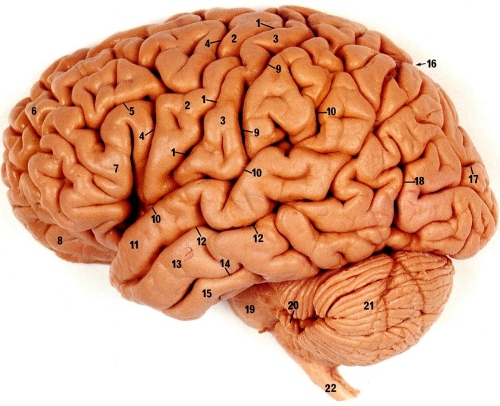A study published in ‘Brain’, a journal highlighted the massive benefits of a rehabilitation training for patients with spinal cord injuries. The intensive training has been sidelined in the recent years, espeially after the breakthrough of stem cell research. The study led by Karim Fouad of the University of Alberta in Edmonton showed that those animal models with incomplete spinal cord injury that were trained for weeks were able to perform much better then their untrained counterparts.
Regarding the research Dr. Fouad said,
It may be that it is neglected because it seems so simple. Some people take very desperate steps when they are paraplegic. They go to other countries to receive treatments like stem cell transplantations, and most of these approaches are not really controlled trials. They undergo a lot of risk and spend a lot of money, when in fact they could see more benefits with fewer risks from sustained, intensive rehab training. Research has found that after incomplete spinal cord injury, there is a moderate amount of recovery based on a rewiring process, a response of the nervous system to the injury. This is a naturally occurring process. What we found is that intensive rehabilitation training actually promotes this naturally occurring process. It actually enables changes in the brain and spinal cord similar to a repair process. The way the animals succeeded in the grasping task post-injury was not the way they did it before. They compensated. They adapted. They developed a new way to do it. What people with these injuries can take from this is that you don’t have to do things the way you used to do them before- what matters is that you attempt, practice hard and find your own adaptive strategy.
As per the research, even after the spinal cord injuries, if patients are given the intensive training there are good chances that new branches grow from the severed nerve fibres also giving way to changes in the brain, which will significantly lead to restoration of hand function and ability to walk.
Source: Scienceblog
Image credit: ipmc




